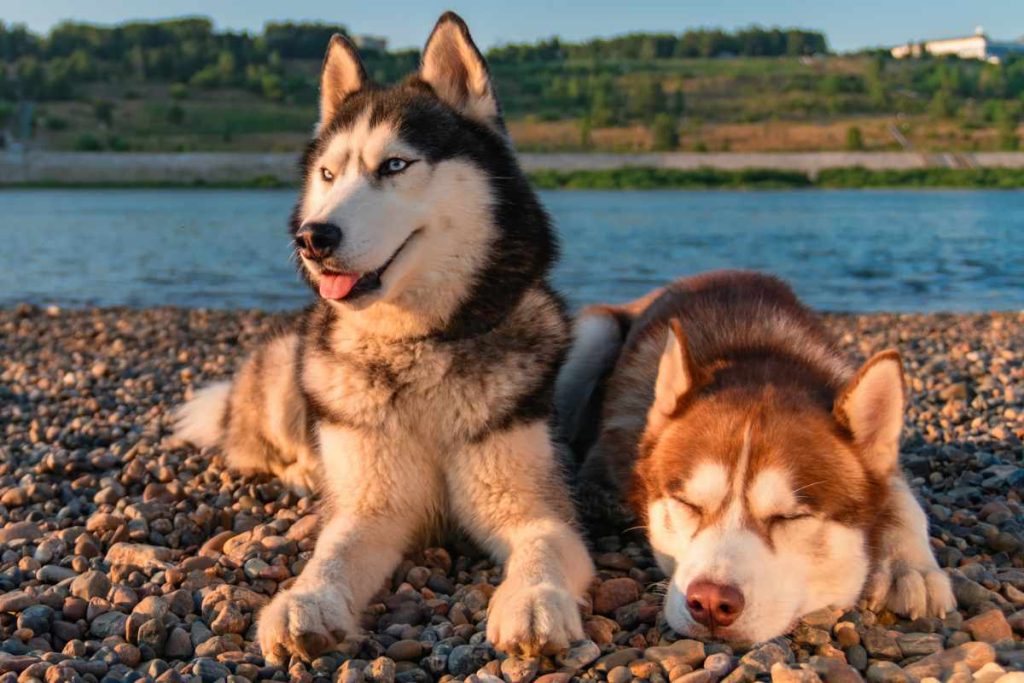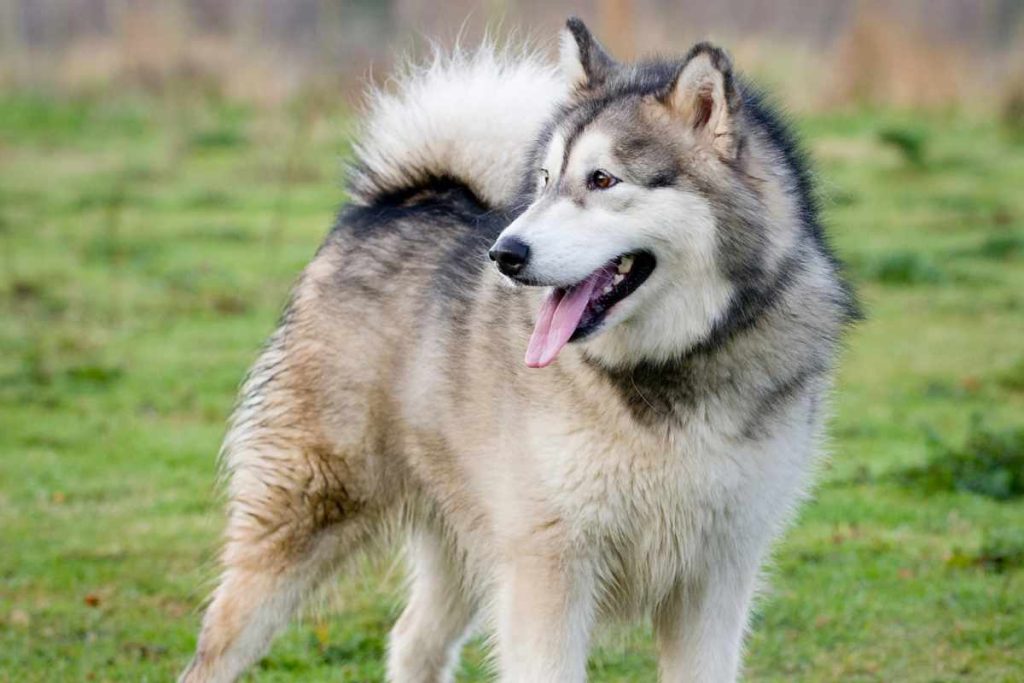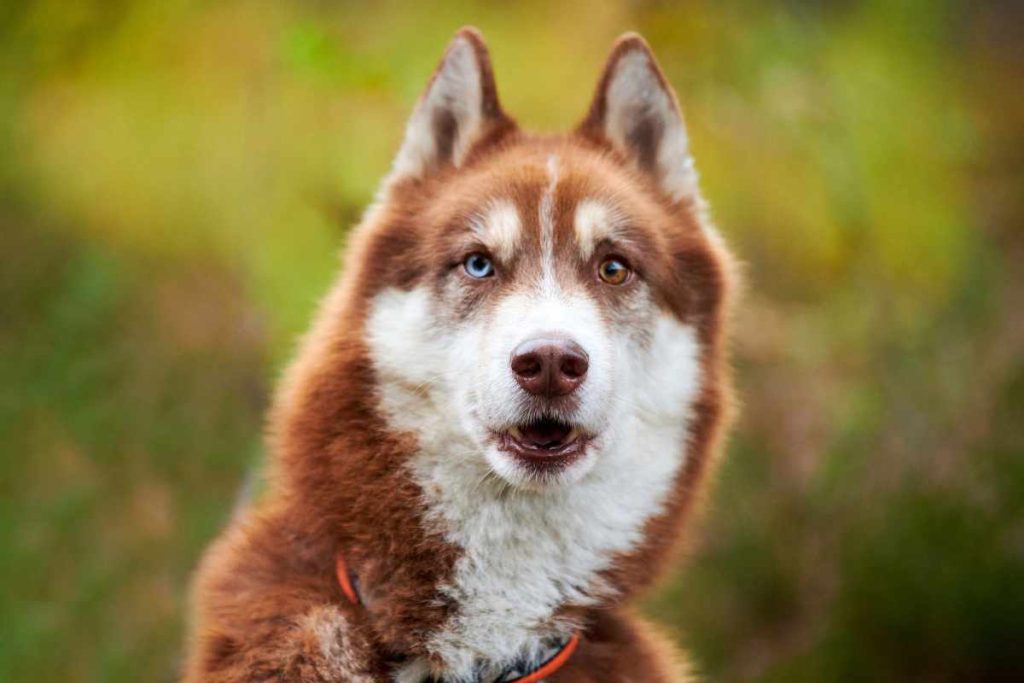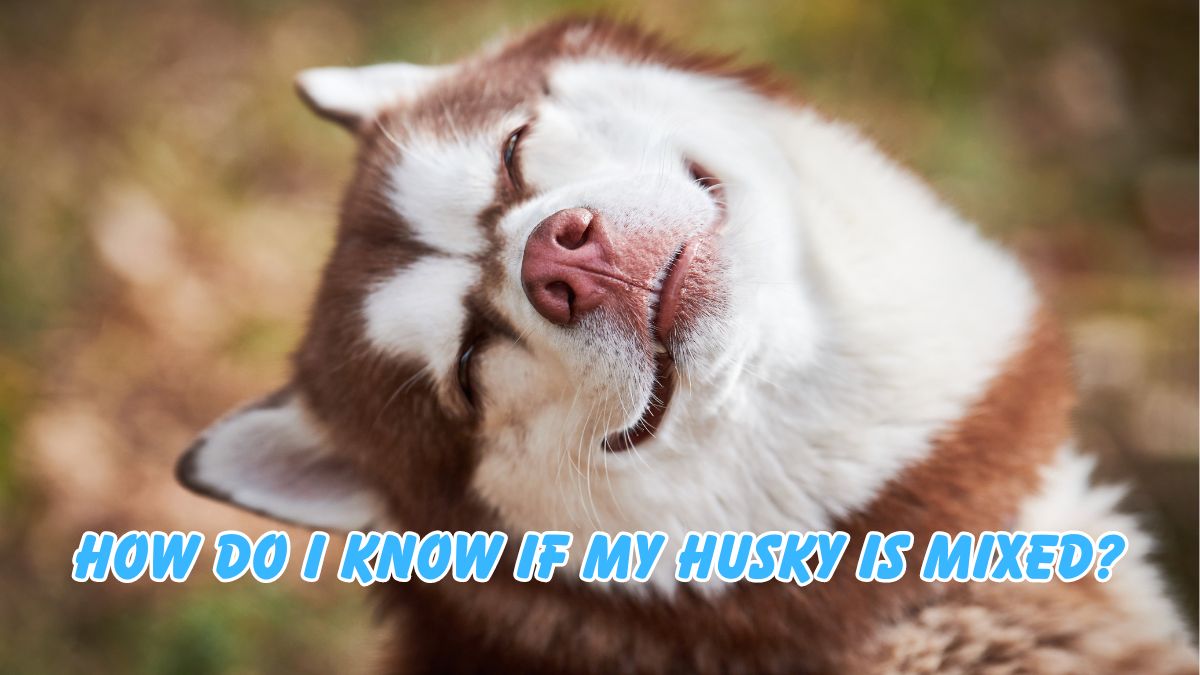If you’re the proud owner of a Husky, you’ve likely been mesmerized by their striking appearance and engaging personalities. These loyal and energetic canines have captured the hearts of many with their icy blue eyes, thick double coats, and friendly dispositions. However, you may have found yourself wondering, “Is my Husky mixed with another breed?”
Identifying whether your beloved companion is a purebred Husky or a mixed breed can provide valuable insights into their potential temperament, exercise needs, and health considerations. While some mixed breeds inherit the best traits from both parent breeds, others may present unique challenges or require specific care.
In this comprehensive guide, we’ll explore various physical and behavioral traits that can help you determine if your Husky is a mixed breed. From muzzle shape and ear type to coat characteristics and energy levels, we’ll delve into the telltale signs that could reveal your dog’s genetic makeup.
Physical Traits to Evaluate
When trying to identify if your Husky is a mixed breed, one of the first places to start is by examining their physical characteristics.
Here are some key traits to consider:
- Muzzle Shape Huskies typically have a medium-length muzzle, known as mesocephalic. However, if your dog has a shorter, flatter muzzle (brachycephalic) or a longer, narrower muzzle (dolichocephalic), it could indicate a mix with another breed.
- Ear Type Purebred Huskies have erect, triangular ears that stand upright. If your dog’s ears are floppy, rounded, or have a different shape, it may be a sign of a mixed breed.
- Coat Type and Color Huskies are known for their thick double coats, which consist of a dense undercoat and a longer, coarse outer coat. They typically come in a variety of colors, including black, white, gray, red, and sable, often with distinct markings like masks or white piebald patterns.
If your dog’s coat is significantly thinner, curlier, or has colors or patterns that deviate from the typical Husky range, it could indicate a mix with another breed.
- Body Size and Structure Siberian Huskies are medium-sized dogs with a muscular, athletic build. They typically stand between 20-24 inches tall and weigh between 45-60 pounds. If your dog deviates significantly from these size and structure norms, it could be a sign of mixed heritage.
- Tail Shape and Carriage Huskies have a traditional sickle-shaped tail that curves over their back. If your dog’s tail is straight, bobbed, or has a different shape or carriage, it may be an indicator of a mixed breed.
- Other Physical Traits Some additional physical traits to consider include webbed feet (common in Huskies), dewclaws (extra toes on the hind legs), spotted tongues, and other unique markings or features that may not be typical of purebred Huskies.

Common Husky Mixes
While there are countless possible breed combinations, some Husky mixes are more common than others.
Here are a few popular Husky mixes and their typical traits:
1. German Shepherd Husky Mix (Gerberian Shepsky)
- Physical Traits – Larger size, pointed ears, longer muzzle, thicker coat
- Behavioral Traits – Highly intelligent, protective, energetic
2. Golden Retriever Husky Mix (Goberian)
- Physical Traits – Longer fur, floppy ears, stockier build
- Behavioral Traits – Friendly, affectionate, energetic
3. Pomeranian Husky Mix (Pomsky)
- Physical Traits – Small size, fluffy coat, fox-like face
- Behavioral Traits – Outgoing, playful, potential barking
4. Pitbull Husky Mix
- Physical Traits – Muscular build, short coat, square muzzle
- Behavioral Traits – Energetic, protective, potential aggression without proper training
Other Popular Mixes Other common Husky mixes include Rottweiler, Beagle, Corgi, and Malamute combinations. Each mix has its own unique blend of physical and behavioral traits.

What is a Husky Corgi Mix? A Complete Guide for Owners
Husky Corgi Mix
Behavioral Traits
In addition to physical characteristics, observing your dog’s behavior can also provide clues about their potential mixed heritage. Here are some behavioral traits to consider:
1. Energy Levels
Huskies are known for their high energy levels and endurance, thanks to their history as sled dogs. If your dog seems more laidback or requires significantly less exercise than a typical Husky, it could indicate a mix with a lower-energy breed.
2. Prey Drive
Huskies have a strong prey drive and may exhibit hunting or herding behaviors, such as chasing small animals or nipping at heels. If your dog lacks these instincts or displays a lower prey drive, it could be a sign of mixed heritage.
3. Vocalizations
Huskies are famous for their “talking” and howling tendencies. If your dog is relatively quiet or has a different type of bark or vocalization, it could be influenced by another breed.
4. Loyalty and Affection
While Huskies are generally loyal and affectionate with their families, they can also be independent and aloof at times. If your dog displays an unusually high level of clinginess or separation anxiety, it could indicate a mix with a more velcro-like breed.
5. Intelligence and Trainability
Huskies are intelligent but can be challenging to train due to their independent nature and stubbornness. If your dog is exceptionally eager to please or easily trainable, it may have inherited traits from a breed known for its trainability.
DNA Testing
If you’ve evaluated your dog’s physical and behavioral traits and are still unsure about their breed makeup, DNA testing can provide more definitive answers.
Here’s what you need to know:
- DNA testing services like Embark and Wisdom Panel analyze genetic markers to identify the breeds present in your dog’s DNA.
- These tests can provide percentages of different breeds, as well as information about potential health risks and inherited traits.
- While DNA testing is generally accurate, there are limitations, and results may not be 100% conclusive, especially for rare or obscure breed mixes.
- DNA testing can be costly, with prices ranging from $70 to $200 or more, depending on the service and additional features.
If you’re considering DNA testing, weigh the pros and cons and determine if the investment is worthwhile for your situation.
The Importance of Responsible Ownership
Regardless of whether your Husky is a purebred or a mixed breed, the most important aspect is being a responsible and loving owner.
Here are some key considerations:
- Provide adequate exercise, mental stimulation, and a balanced diet to meet your dog’s needs.
- Research breed-specific needs and potential health concerns to ensure proper care.
- Invest in proper training and socialization to address any behavioral challenges.
- Consider adopting from a reputable rescue organization or working with a responsible breeder.
Embrace your dog’s unique traits and individuality, and focus on creating a loving and enriching environment for your furry companion.

Conclusion
Determining if your Husky is a mixed breed can be a fascinating journey of discovery. By evaluating physical traits like muzzle shape, ear type, coat characteristics, and body structure, as well as observing behavioral tendencies, you can gain valuable insights into your dog’s potential breed makeup.
While DNA testing offers a more definitive answer, it’s important to remember that responsible ownership and providing a loving home are the most crucial factors, regardless of your dog’s breed or mix.
Embrace your Husky’s unique traits, and cherish the bond you share with your furry companion. After all, mixed breeds often inherit the best qualities from their parent breeds, making them truly one-of-a-kind companions.
So, whether your Husky is a purebred or a delightful mix, celebrate their individuality and enjoy the journey of discovering their fascinating heritage.
FAQs
How do I know if my husky is pure?
Evaluating your husky’s physical traits like muzzle shape, ear type, coat characteristics, and body structure against breed standards can help determine if they are purebred. Additionally, observing their behavior and energy levels can provide clues about their potential mixed heritage.
What are huskies usually mixed with?
Some common breeds that huskies are mixed with include German Shepherds, Golden Retrievers, Pomeranians, Pitbulls, Rottweilers, Beagles, Corgis, and Malamutes, among others.
How can I tell if my husky is mixed with wolf?
It’s challenging to definitively identify a wolf mix solely based on physical traits, as huskies share many similarities with wolves. However, certain behavioral traits like extreme shyness, skittishness, or aggression may indicate a wolf mix. DNA testing is the most reliable way to confirm a wolf heritage.
How can you tell a husky apart?
Huskies have distinct physical traits like erect triangular ears, a thick double coat, a sickle-shaped tail, and a medium-length muzzle. Their friendly and energetic personalities, as well as their iconic “talking” and howling vocalizations, also set them apart.
What does a real husky look like?
A purebred husky typically stands 20-24 inches tall, weighs 45-60 pounds, and has a muscular, athletic build. They have a thick double coat in various colors like black, white, gray, red, and sable, often with distinct markings. Their eyes are typically blue or brown, and they have erect, triangular ears and a sickle-shaped tail.
What is the rarest husky color?
The rarest husky color is pure white. While white huskies are not uncommon, a solid white coat with no other markings or colors is considered extremely rare and highly sought after by breeders and enthusiasts.

1 thought on “Is My Husky Mixed?: How Do I Know If My Husky Is Mixed?”